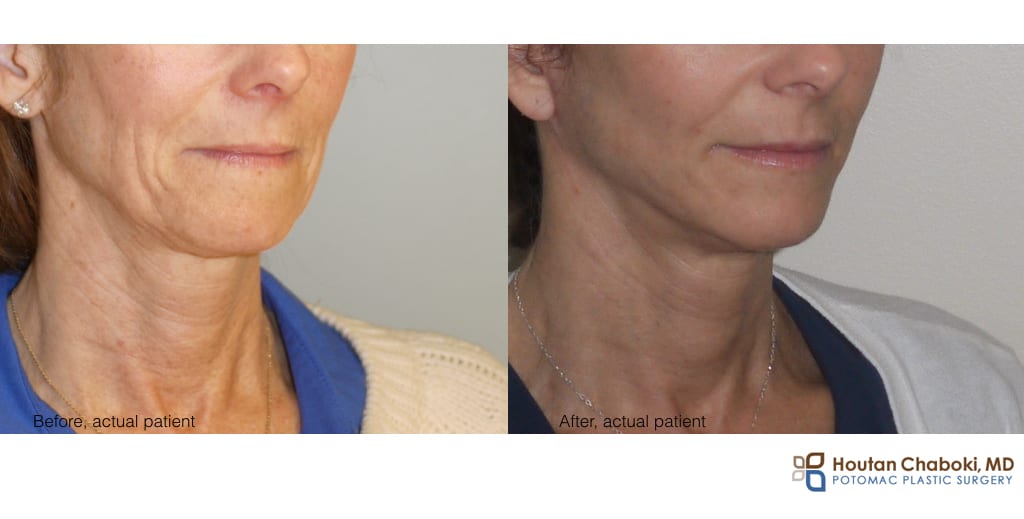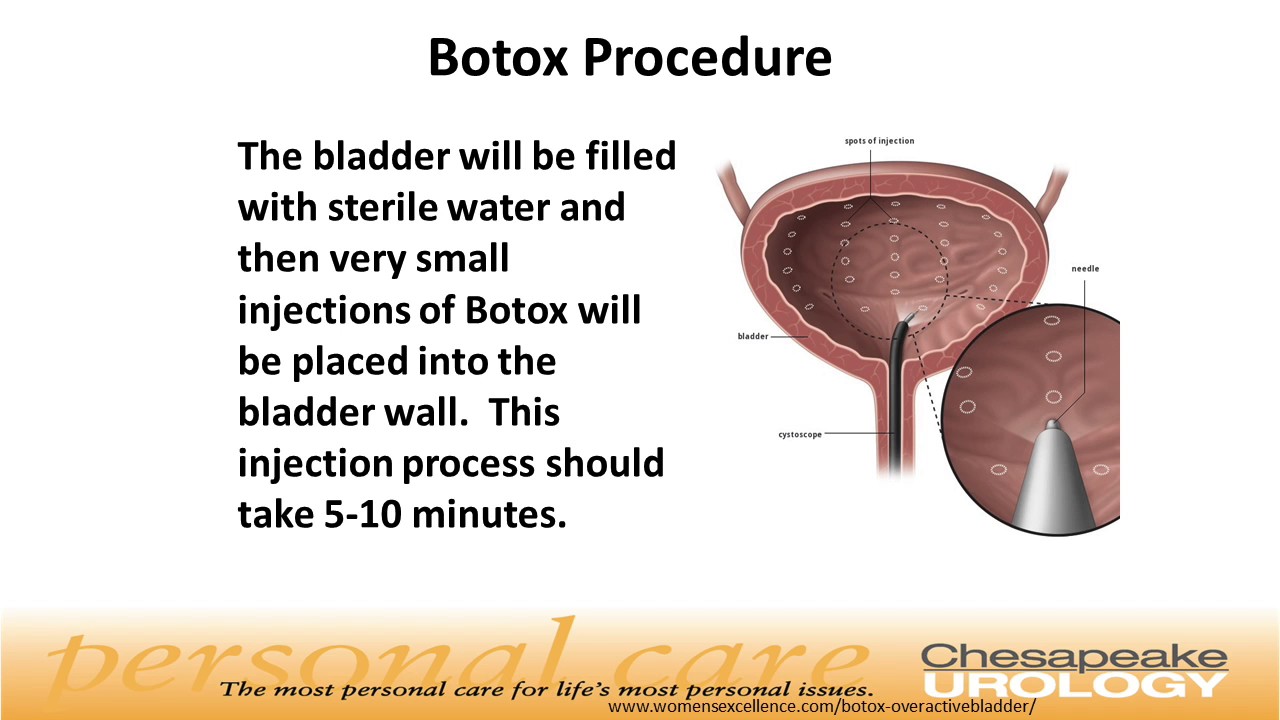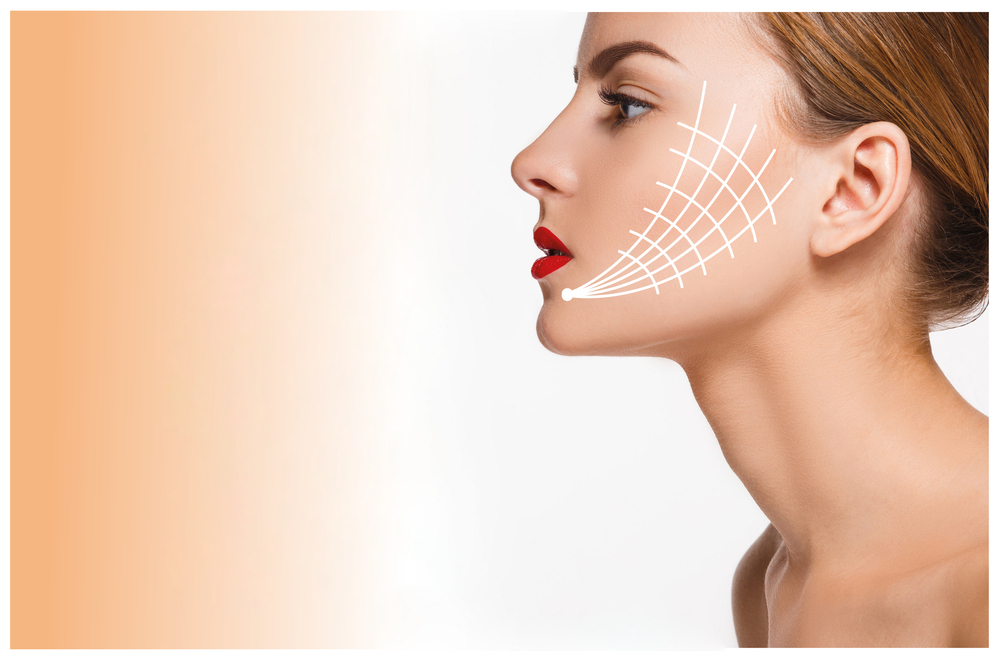
Two options are available for breast surgery. One is to use implants and the other is to do it with her own breast tissue. An autologous breast reconstruction can be done by using the patient's lower abdominal muscle segment, back muscle, and fat. A mastectomy for nipple and skin sparing can be performed by a woman. Both procedures can leave scarring. Therefore, breast surgeries are not for everyone.
Breast reduction surgery
Most breast reduction surgeries can be performed outpatient. Although there may be some swelling or discoloration following the procedure, it will usually disappear within a few days. The stitches and bandages will be removed within a few days. Patients should refrain from engaging in strenuous activity for approximately a month. A breast reduction will cause some discomfort during the initial recovery period, but the breasts will gradually soften and look natural again. Six months to one year will pass before you can see the results.
Following the surgery, the surgeon will place an incision in the skin along the natural crease of the breasts. These incisions will be used to remove excess fat and skin. Some women may also have their areolae raised. The surgeon will close your incision with either dissolvable external or internal sutures. It may take up to an entire night for surgery recovery. The patient will be discharged afterward. It may take up to five hours for the entire operation to be completed.

Mastectomy with nipple-sparing
A Nipple-sparing mastectomy is an alternative to radiation treatment for breast cancer. This procedure preserves the patient's natural looking breast while avoiding the risks associated with radiation treatment. Although not every woman who undergoes this surgery will opt to sidestep radiation, approximately 30% of new cases may not undergo radiation treatment after undergoing a full mastectomy. This surgery is an option for women who have large or small breasts.
Although it is not common, the results of this surgery are very good. It preserves the entire envelope of breast skin, including the nipple and the darker circle of skin surrounding it. The NSM is typically followed by a breast reconstruction. While it isn't widely used for mastectomy it has been gaining popularity as an alternative to more traditional methods of treating breast cancer. Its many benefits outweigh the drawbacks.
Mastectomy that saves skin
A skin-sparing mammectomy is a cosmetic procedure where all of the breast skin is removed, except for the nipple. This allows the surgeon to reconstruct the breast without scarring. To replace the volume lost, a surgeon will use either a flap (or an implant). Two types of skin-sparing mastectomy are available: a Latissimus or TRAM flap. Each uses tissues and muscles from the body to reconstruct breasts.
There are several benefits to skin-sparing mammectomy, including preservation of the native and inframammary skin envelopes. By preserving the native skin layer and the inframammaryfold, the procedure can improve the cosmetic outcomes of the breast reconstruction. It also minimizes the need for contralateral symmetrizing surgery. There are risks associated with skin sparing mastectomies.

Modified radical mastectomy
Modified radical mastectomy can be a safer option than a full-thickness mastectomy. A modified radical breastectomy takes out only the breasts and most of the lymph nodes. The lining around the chest muscles is also removed. This type can also preserve breast tissue. These procedures are not performed by all surgeons. You should speak with your doctor before making a decision about which type of surgery you want.
Although many hospitals now offer traditional modified radical breastectomy, this method is not widely utilized. Modified radical mastectomy techniques traditionally focus on protecting the anterior and intercostobrachial nervous systems. These nerves should be preserved for pure sensory functions. These techniques are similar to those used by Halsted Meyer, Patey, and Meyer. Moore61 in 1867 described one such method.